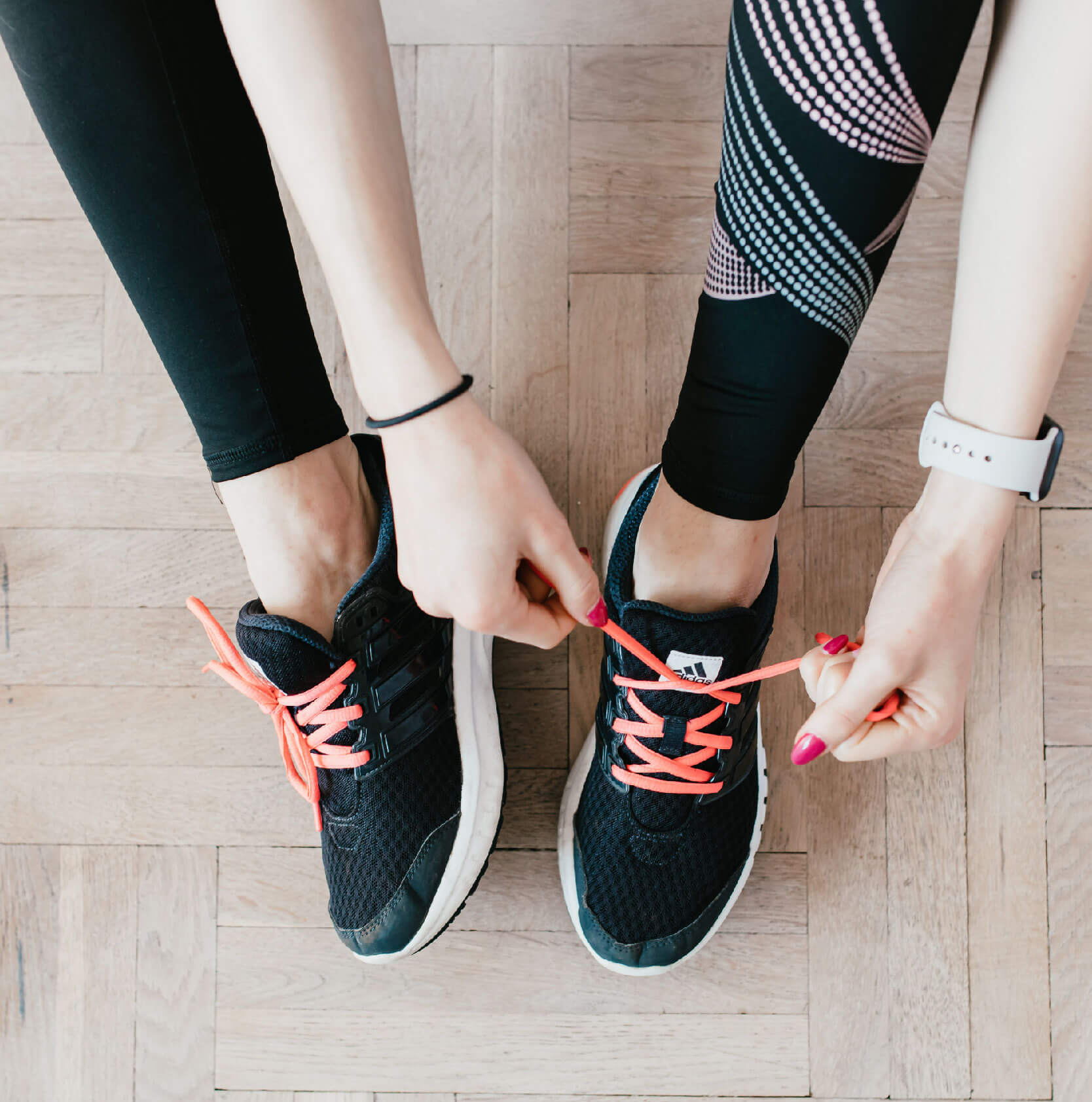
Muscle dysmorphia is a subtype of a mental health condition called body dysmorphic disorder, where a person spends a lot of time worrying about perceived flaws in their body. It is also associated with eating disorders, as it often leads to disordered eating behaviours.
Muscle Dysmorphia: The Hidden Illness Affecting 1 In 10 Gym Goers
POSTED IN:
What is muscle dysmorphia?
Muscle dysmorphia is a subtype of body dysmorphic disorder. With this mental health condition, a person spends a lot of time worrying about perceived flaws in their body. It is also associated with eating disorders, as it often leads to disordered eating behaviours.
In muscle dysmorphia, sufferers believe themselves to be too small, lacking muscle or insufficiently lean. This belief is often distorted, as sufferers may already be muscular, yet what they see in the mirror feels or looks insufficient to them.
Also known as bigorexia or reverse anorexia, muscle dysmorphia mostly affects men. However it is becoming more common among women, particularly with the rise in popularity of bodybuilding and strength training. The condition leads to sufferers spending most of their time focusing on their workout regime, dietary intake and body image. One sufferer described the condition as having a “red marker” you critique yourself with in the mirror. Over time, relationships and work commitments can easily start to come second to a workout regime, significantly affecting the sufferer’s life.
It can be tough to recognise the problem especially as you fall deeper into the condition. This is because you may appear to look ‘healthy’ and receive compliments for your appearance. You may also be surrounded by others who are suffering with the problem, as those with muscle dysmorphia can gravitate towards other sufferers.
This is a serious problem, with research suggesting an alarmingly high suicide attempt rate for those suffering with muscle dysmorphia. If you are experiencing muscle dysmorphia, it is important to speak to an expert and to know that it is not your body that needs to change, but the way you are perceiving it.
What are the signs and symptoms of muscle dysmorphia?
Below are some common warning signs of muscle dysmorphia. If you answer yes to some of these, it might be time to reach out for support:
Do you find yourself:
- Feeling unable to miss a workout
- Working out despite being injured
- Body checking or mirror checking regularly
- Spending multiple hours in the gym daily
- Repeatedly thinking about how muscular or lean you are
- Neglecting work and social commitments to workout
- Taking steroids or multiple sports supplements
- Building your life around your workouts and food
It is difficult to estimate how common muscle dysmorphia is in the general population. However Dr. Roberto Olivardia of Harvard Medical School, an expert in male body image, estimates that 1 in 10 men who workout in UK gyms may be living with the illness.
Why is muscle dysmorphia on the rise?
Media pressures, childhood bullying, genetics and the rise in popularity of bodybuilding may all be linked. Many with muscle dysmorphia speak of being teased as a child or experiencing trauma at some point through life. One sufferer described their chiseled physique as a “body of armor” that they carry with them, which is both a powerful and telling metaphor.
Muscle dysmorphia is an important reminder that men suffer with body image issues too. According to one study the percentage of men dissatisfied with their overall appearance has nearly tripled in the last 25 years.
Interestingly, the ‘ideal’ male body has shifted to a much more muscular physique. This is something that can even be seen in action figures, having become significantly larger and more muscular over the years. In Hollywood, actors such as Chris Hemsworth, Chris Evans, Dwayne Johnson or Jason Momoah have popularised a muscular physique in blockbusters like Aquaman and Captain America. Additionally, the popularity of reality television shows such as Love Island, clearly place popularity and favour men with muscular physiques. The increase in bodybuilding is an important factor to note with men like Arnold Schwarzenegger paving the path. Many praised Schwarzenegger for his physique and dedication to bodybuilding. However, in recent years he has opened up about his struggle with body dysmorphia:
“I never saw perfection… there was always something lacking. I could always find a million things wrong with myself.” – Arnold Schwarzenegger
The risks of overexercising
Overtraining can lead to dehydration, injury and weakened bones in both men and women. The female athlete triad is a medical term for a combination of disordered eating, poor bone health and loss of periods. In bodybuilding competitions, the risk of this happening to young females can increase significantly. Before bodybuilding competitions, contestants will aim to be at their absolute leanest. This is particularly dangerous for females as they are recommended to keep their body fat percentage above 12-14 per cent. It is not uncommon for professional female bodybuilders to go as low as 10 per cent.
Unfortunately, we are programmed to see a muscular physique and equate that to a picture of health. This means that people rarely voice concern when someone becomes focussed on building a lean and chiselled body. Like Schwarzengger, those with muscle dysmorphia often receive praise and respect for their dedication to bodybuilding. Sadly this makes it hard for them to seek help.
Conclusion
If you find yourself increasingly preoccupied with building muscle and focused on body image don’t hesitate to reach out for support. Muscle dysmorphia is a serious mental illness increasingly affecting young men and women. Unfortunately, many are going undiagnosed due to a lack of awareness. With the right treatment plan, you can change your relationship with exercise, your body and food. You can find the freedom you deserve and reclaim your life.
© Natural Food Therapy 2021 ™ | all rights reserved | privacy policy








